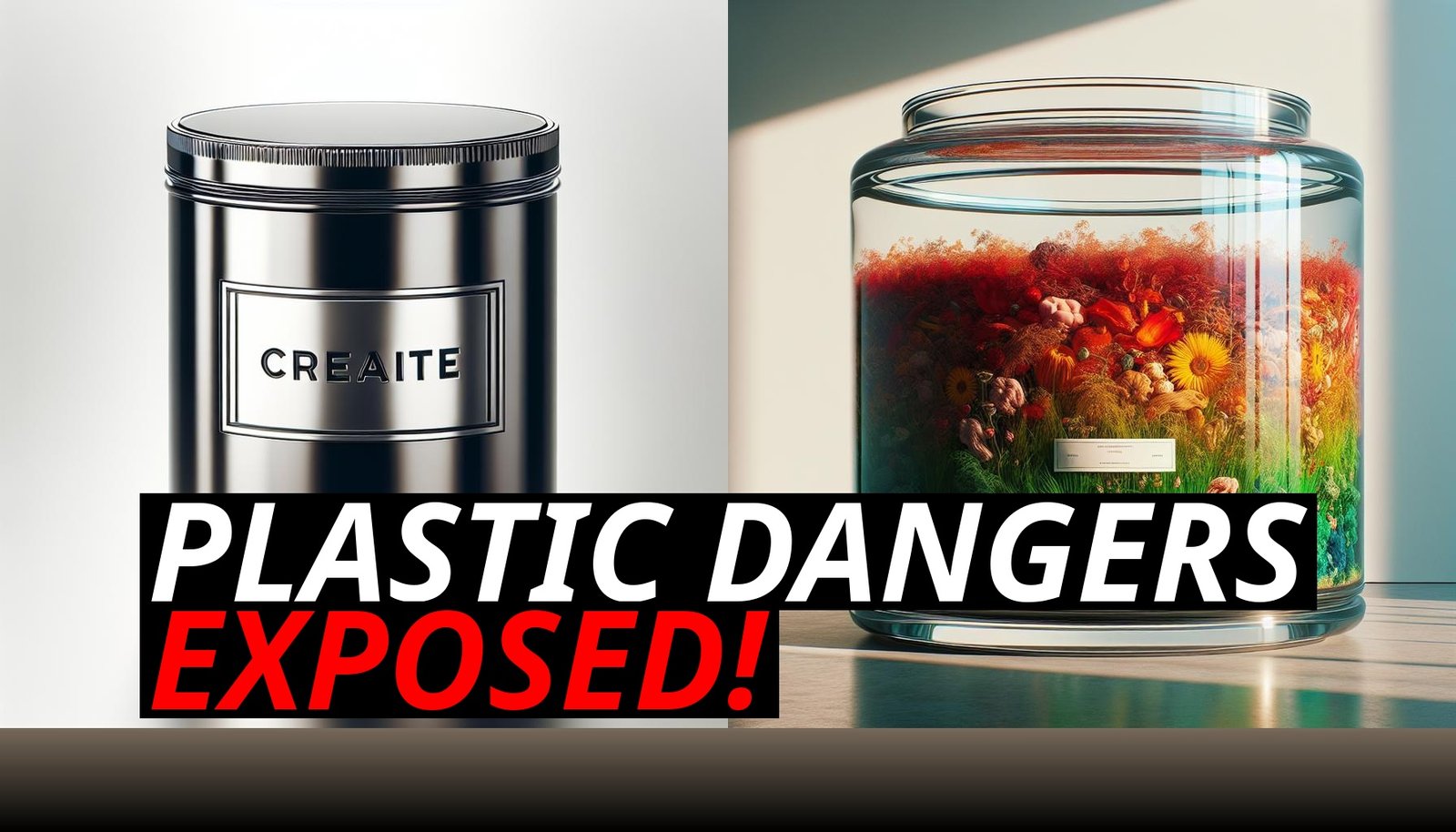Choosing The Right Container: More Important Than You Think
You’re making an effort to eat healthier, drink more water, and maybe even cut down on waste by using reusable bottles and containers. But have you ever stopped to think about the materials you’re using to store your food and drinks? Stainless steel, glass, plastic—they all have their pros and cons, but which one is truly the best for your health?
It’s easy to assume that all containers are created equal, but the truth is, the material you choose can have a significant impact on your health. Let’s dive into the differences between stainless steel, glass, and plastic, and find out which one comes out on top when it comes to keeping you healthy.
The Case For Stainless Steel: Durable And Non-Toxic
Stainless steel has become a popular choice for water bottles and food containers, and for good reason. It’s incredibly durable, resistant to corrosion, and doesn’t leach harmful chemicals into your food or beverages. But what makes stainless steel stand out in terms of health?
– No Chemical Leaching: Unlike plastic, stainless steel doesn’t contain harmful chemicals like BPA, BPS, or phthalates, which can leach into your food or drinks, especially when exposed to heat. This makes it a safer choice for hot beverages or meals.
– Durability: Stainless steel is virtually unbreakable, making it ideal for people on the go. You can drop it, toss it in your bag, and not worry about it cracking or shattering.
– Easy to Clean: Stainless steel is non-porous, meaning it doesn’t absorb bacteria or odors, and it’s easy to clean, whether by hand or in the dishwasher.
However, there are a few considerations to keep in mind. Some stainless steel products can impart a metallic taste to your food or drink, especially if they’re of lower quality. Additionally, while stainless steel is excellent for most uses, it’s not microwave-safe, so you’ll need to transfer food to a different container for reheating.
The Glass Advantage: Pure, Safe, And Eco-Friendly
Glass has long been considered a premium choice for food and drink storage, and it’s easy to see why. Not only is it chemically inert, meaning it won’t react with your food or beverages, but it’s also transparent, allowing you to easily see what’s inside. So, what are the health benefits of using glass?
– Chemical-Free: Glass doesn’t contain any harmful chemicals that can leach into your food or drink. It’s free from BPA, BPS, phthalates, and other toxic substances, making it one of the safest materials available.
– Microwave and Oven Safe: Most glass containers can be safely used in the microwave and oven, making them incredibly versatile for cooking and reheating food.
– Non-Porous Surface: Like stainless steel, glass is non-porous, so it doesn’t absorb bacteria, odors, or stains. This makes it easy to keep clean and safe for repeated use.
However, glass does have its downsides. It’s fragile and can break if dropped, making it less practical for certain situations, like when you’re on the move or packing a lunch for a child. Additionally, glass can be heavier than other materials, which might be a consideration if you’re carrying it around all day.
Plastic: Convenience At A Cost
Plastic containers and water bottles are everywhere—they’re cheap, lightweight, and often come in a variety of shapes and sizes. But when it comes to health, plastic is the material that raises the most concerns. Here’s why:
– Chemical Leaching: Many plastics contain harmful chemicals like BPA, BPS, and phthalates, which can leach into your food and drinks, especially when heated. These chemicals have been linked to hormone disruption, reproductive issues, and even an increased risk of certain cancers.
– Not as Durable: While plastic is less likely to shatter than glass, it can crack, warp, or degrade over time, especially when exposed to heat or harsh cleaning chemicals.
– Absorbs Odors and Stains: Plastic is porous, which means it can absorb odors, stains, and bacteria over time, making it harder to keep clean and potentially less safe for food storage.
That said, not all plastics are created equal. Some plastics are labeled as BPA-free, and there are food-grade plastics that are considered safer for food storage. However, even BPA-free plastics might contain other chemicals that haven’t been as thoroughly studied, so the safest bet is to limit plastic use, especially for hot foods and drinks.
So, What’S The Best Choice For Your Health?
When it comes to choosing the best material for your health, both stainless steel and glass have clear advantages over plastic. Here’s how they stack up:
– Stainless Steel: Best for durability, safety from chemical leaching, and on-the-go use. Ideal for water bottles and food containers where breakage is a concern.
– Glass: Best for chemical safety, ease of cleaning, and versatility in the kitchen. Ideal for storing food at home, reheating meals, and when you want to see what’s inside.
– Plastic: Best for convenience and cost, but use with caution. Limit exposure to heat, and opt for high-quality, BPA-free options when necessary.
In the end, the best choice depends on your needs and lifestyle. If you’re looking for a container that’s safe, durable, and versatile, stainless steel or glass is the way to go. While plastic might offer convenience, the potential health risks make it worth reconsidering for long-term use. By choosing the right material, you can protect your health and make sure your food and drinks are stored safely, no matter where life takes you.













